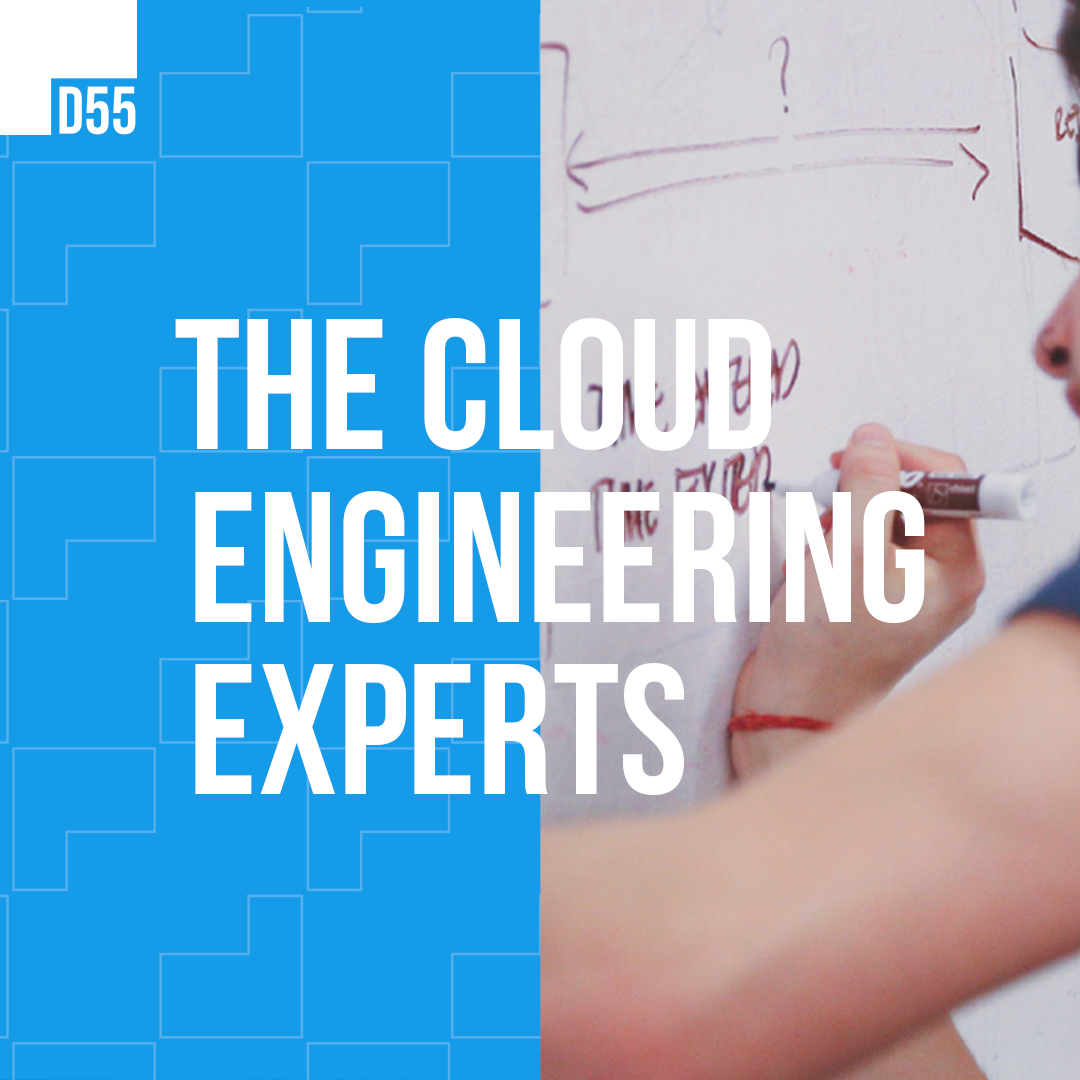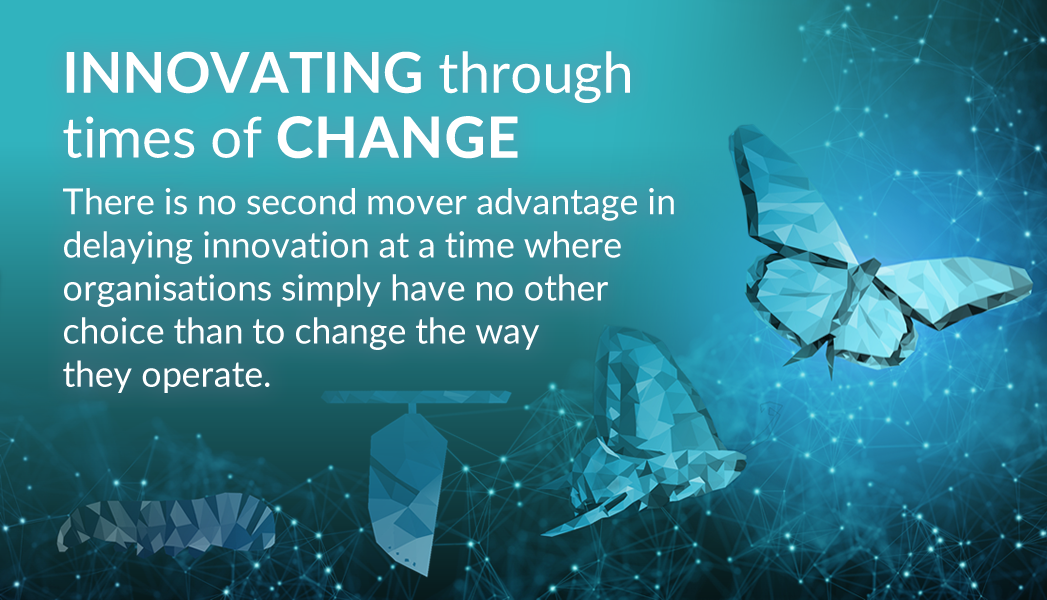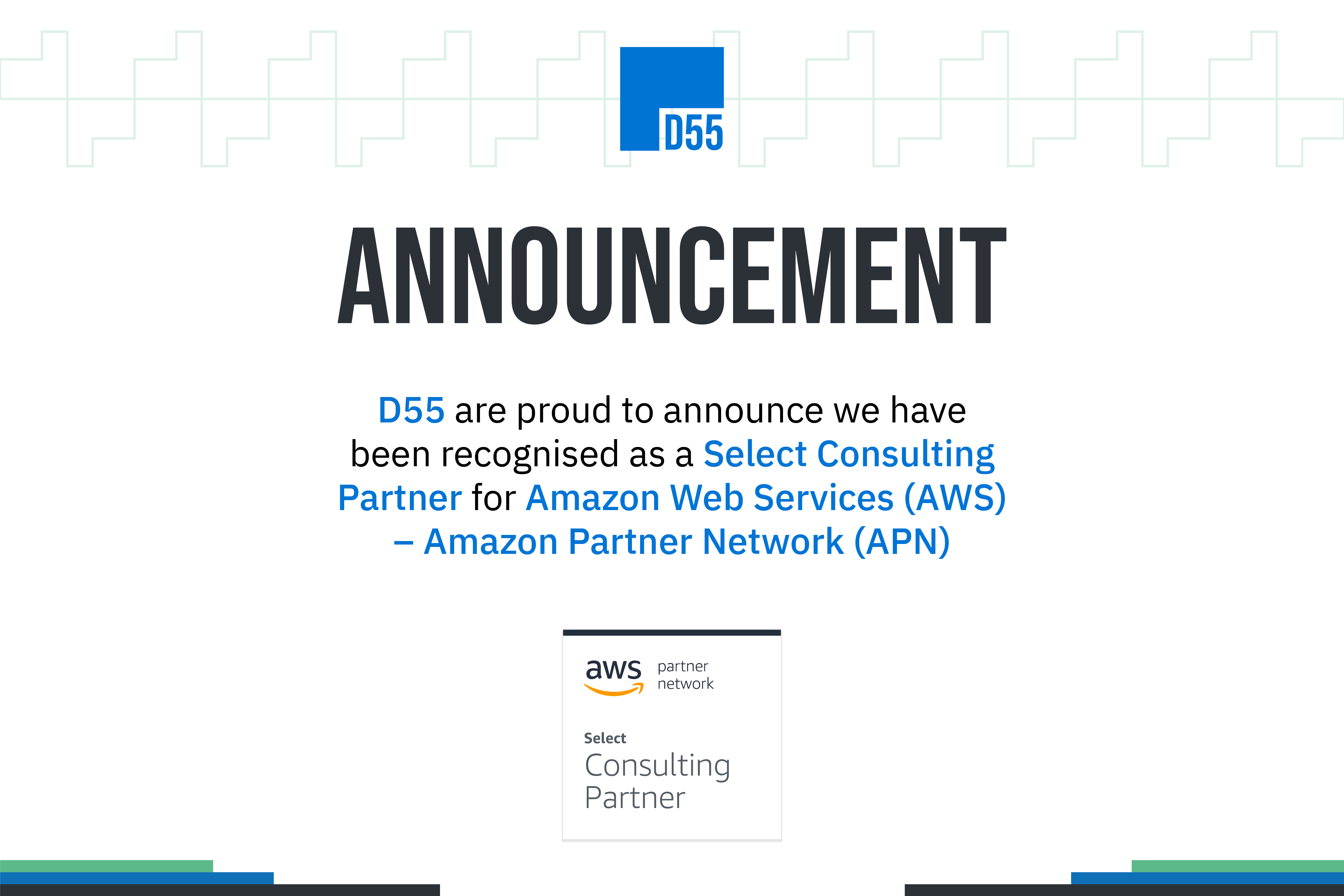
You know that data is the oil for your business because it provides you with the acceleration to stay ahead of your competitors. In order to ensure that your enterprise is not running out of the much-needed data oil, you have to move from SAP ECC tools that you are using to new and improved versions like SAP S/4HANA. Why? Because with SAP ECC, you cannot get all the detailed analytics contributing to faster decision-making impacting the growth of the organization.
So, if you do not want to get outsmarted by your competitor and are planning to migrate to SAP S/4HANA because the 2025 deadline is dancing in your head and it takes almost a year to migrate to new upgrades, you must know the challenges ahead and the strategic way forward to circumvent and reach your desired objectives. In this blog, we shall be guiding you in undertaking the same;
Challenges for Migrating from SAP ECC to SAP S/4 HANA in 2025
1. Complex Data Migration
There could be multiple data sets available in the form of structured and unstructured ones. So, when you are dealing with such huge chunks of data in a cluttered format, you need a strategic approach to meet the challenges ahead. There could be problems in ensuring that the data is accurate, complete and with integrity.
2. Customization of Data with Compatibility
When you are moving such a large chunk of data from one system to another, it should be customized, and at the same time, it is mandatory to ensure that you have done adequate preps to make it compatible with the new systems.
3. Technical Integration
One must also not forget that there will be technical integration when moving from the old version of SAP to SAP S/4 HANA, like data migration, changing data models, integrating custom code adaptation, reworking the interface, managing the UI and frontend integration and so on and so forth. So, you have to deal with all of them in an efficient, economical and scalable manner.
4. Cost and Resource To manage
Now, it is implied that when you are going through all of these, from licensing to onboarding a newly skilled team, everything would require burning a lot of cash. So, you must know how to deal with this challenge in a cost-efficient and scalable manner. Here’s how you can ace this complex math.
Strategic Approach To Cloud Migration from SAP ECC to SAP S/4 HANA
Going from ECC to S/4HANA is neither easy nor quick. This work requires planning in detail, bringing stakeholders and vendors together, readying all systems and executing everything properly. Depending on whether the organization is big, the degree to which ECC is adapted and how smoothly the implementation goes, the process can go on for several months to a few years.
1. Plan an Early Start
In all capacity, it cannot be bargained that when you are migrating from an old version of SAP to a newer advanced version, you have to make plans in advance. For example, you have KPIs to meet, like operational improvements, reduced Total Cost of Ownership, and faster financial closing times. These are crucial for your growth, so if you are planning to undertake them in a clear and calculated manner, you need to plan early because in the beginning of this blog, we stressed on the fact that the complete migration would take 1 year. Considering this fact, if you are starting at this point of the year, you are already late to the party.
2. Getting Custom Plans
When you are asking your employees to do the SAP S/4 HANA migration, merely by looking at the complexity of the task, the first thing that they will do is back down quickly. But you can miss the hassle of filling up the gap by inducting top-tier SAP partners by onboarding the mid-tier SAP consultants. They are perfectly aligned to meet your needs. With deep SAP expertise and competitive pricing, they are the best ones suitable to undertake this complex task.
3. Project planning and governance
As soon as the approach is chosen, the team moves on to planning the project. Individuals involved are SAP consultants, project managers, developers and those from the business. By having clear governance, everyone knows what needs to be done, by when and how success is measured.
Technology preparation, checking infrastructure, deciding how to move data, planning tests, training users, and supervising changes are all parts of planning. Keeping the steering committee updated through regular meetings allows the project to move forward with the business’s main goals in mind.
4. System preparation and custom code remediation
Testing is carried out on the ECC system prior to migration by means of SAP Readiness Check and SAP Transformation Navigator. They look for possible problems in custom code, interfaces and data structures that could cause difficulty with the migration process.
The S/4HANA data model is applied to custom code, which may be retired, modified or entirely rewritten. At this point, it’s important since there are many customizations in ECC systems, and they need to be handled with care.
5. Data cleansing and migration
ERP systems depend on data for success, and how good the data is can affect the outcome of the migration process. Before transferring data to S/4HANA, companies need to ensure that duplicate, inconsistent and old data are cleaned up in ECC.
When choosing among migration options, data may be transferred directly, loaded into a new setup or only a section is moved over (hybrid). These special tools are essential for smoothly moving data from one system to another.
6. Integration and testing
When migration is done, we ensure that the data connects properly to CRM, SRM, HR and third-party applications. Testing of critical processes covers the whole application to observe their correct results. This requires doing unit testing, system integration testing (SIT) and user acceptance testing (UAT).
Performance testing makes it clear that S/4HANA is able to function well at its best, and regression testing shows that existing workflows still operate properly after migration.
7. Outsourcing to Experts Works Every Single Time
The second point leads to the third, which is hiring/ outsourcing the migration tasks to experts instead of relying on your own team. Why? Because your own team will not be offering you custom plans. However, an expert SAP agency can come up with a custom plan for your organizational needs.
8. Choosing the Right Strategy
You have to choose the right strategy like, whether you need an on-premise or cloud-based solution. But that can only depend on how well you understand your business and the future scalability requirements. Now, as a business owner, you know the business planning, but the scalability needed must be very hard to decipher. Due to this reason, you need an expert to help you decide whether on-premise or cloud works best.
Migrate To a New SAP S/4 Hana Architecture with VE3
In this regard, VE3 is perfectly suited to meet your varying needs because migration will be complex, and VE3 has a proven track record of solving migration hassles in a scalable and cost-efficient manner. From data migration and quality issues to custom code remediation, Ve3 can seamlessly tackle all of that so that your organization is always ahead in its SAP upgrades. Need our help? Our experts are just a click or a call away.
In today’s rapidly changing business landscape, VE3 is committed to empower organizations with the tools they need to thrive. As SAP prepares to end support for ECC by 2027, the urgency to transition to SAP S/4HANA becomes evident. At VE3, we understand the significance of this move and leverage our partnership with SAP to offer diverse solutions to guide organizations through a seamless migration. For more information contact us or visit us!









